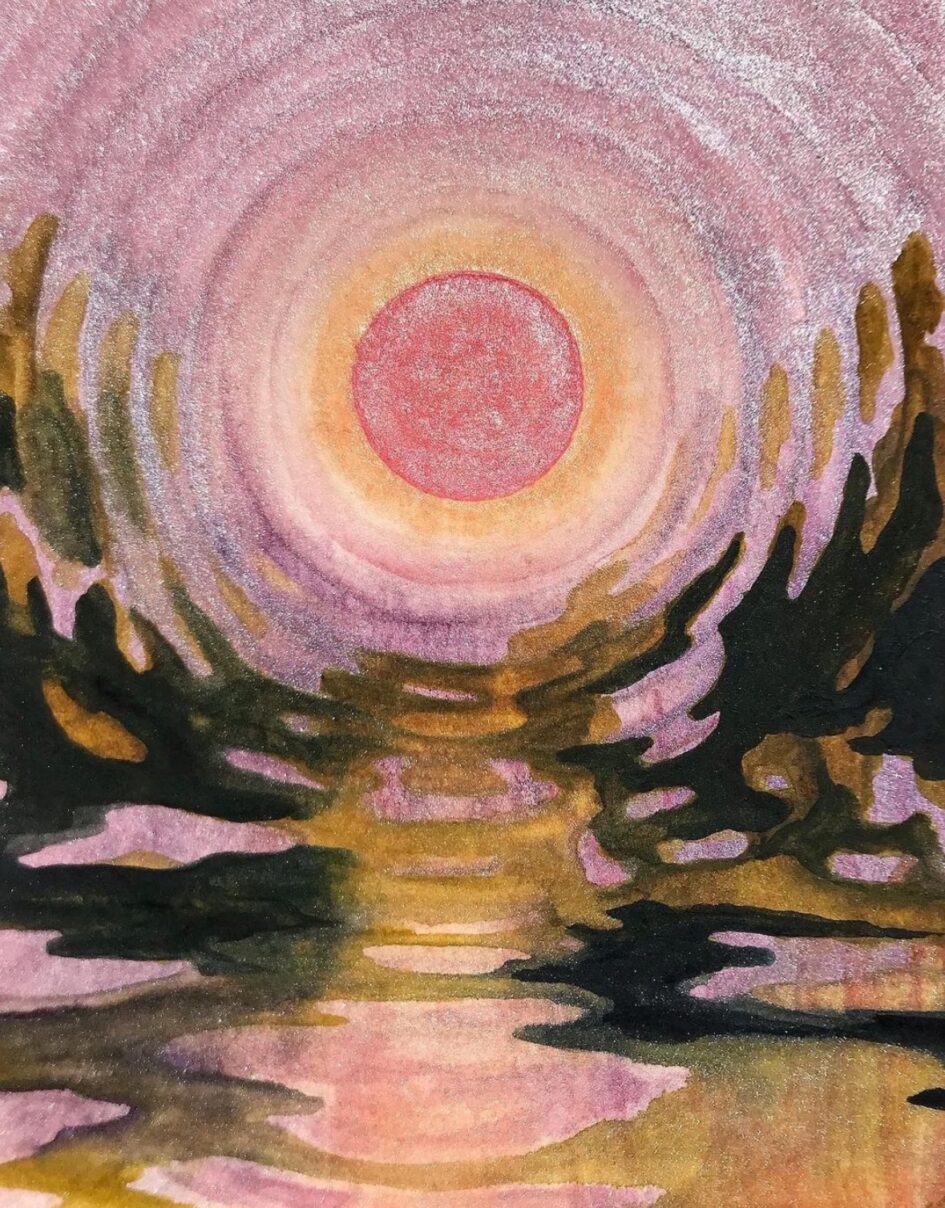As my first year of postgraduate study draws to a close, I am beginning to look back in earnest on this journey of learning in the creative industries. This year has been a challenging yet rewarding one for me. Whilst just one year was not enough for me to gain a full insight into this complex and diverse industry, it has certainly opened the door for me to step into this vast field of academia and practice, and has laid the foundation for my future research and career development.
Creative industries are often defined as industries centred on human creativity, talent and intellectual property. At first, I thought that creative industries were mainly centred around artistic creation and business operations. But over the course of the year, I have come to realise that it is also deeply embedded in policy, social structures, cultural heritage and global change.
One of the courses that made a lasting impression on me was Intellectual Property in Creative Industries. Through this course, I learnt that there are complex legal and ethical issues behind many seemingly common creative activities, such as design and performance. Intellectual property is not just about ownership of creators, but also about whose voices are heard and whose ideas are recognised. I have come to realise that the applicability of the intellectual property system in different cultures around the world is also a topic for reflection.
In the Strategic Leadership Change course, I learnt a lot about the theoretical frameworks and real-life examples of strategic transformation of organisations. The course made me understand that the success of a creative organisation does not only depend on the creativity itself, but also on how it repositions and reframes its vision and strategy in the ever-changing social and market environment. The content made me start thinking about the decision-making mechanism behind creative output and the role that leaders play in it.
The course that had the most profound impact on me personally was Creative Cultural Diversity, a class that brought me face to face with the hidden structural inequalities in the creative industries, encompassing race, gender, and class. During the class, our group had an in-depth discussion around National Museums Scotland’s equality policy. It was not just a classroom task, it was an inspiration. In my interactions with my group members and the class, I have learnt the hard way that the real realisation of equality in the creative industries requires institutional support, as well as participation and consensus from all sides.
Looking back on one-year programme, I have come to realise that interdisciplinarity is one of the most valuable elements of my studoes. As in the work of Renato Órdenes San Martín, which I have attached to the cover, he builds up layers of visual language on the canvas – from the lines of law to the texture of cultural expression, from the composition of strategic thinking to the white space of social structures – as if they were the paths that I have been travelling through in my journey. The interpenetration of these seemingly separate fields in my studies has also given me a deep sense of the tension that always exists between theory and reality. And it is this tension that motivates me to maintain a critical and discursive stance.
In the UK learning environment, my thinking is constantly being ‘reconstructed’. Although my classmates are independent of each other, they are reconstructed into new meanings through communications. Through in-depth discussions with students from different backgrounds, and experiencing the subtle impact of cultural differences in daily life, I have come to realise that the creative industry is never a neutral space, but rather an intertwining of countless specific people, experiences and positions.



Leave a Reply